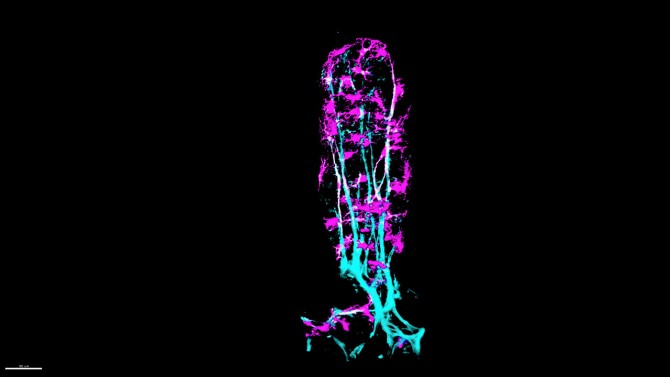The 2018 data compiled by HRA is revealed; the non-profit organisation announcing that following release of the 2018 statistics, HRA will no longer publish annual animal use statistics.
The statistics for 2018 have been collated by Humane Research Australia (HRA) and show that the number of animals used in research and teaching was 10,704,499. This total is an approximation, as no data was published for South Australia, ACT and the Northern Territory. Australia maintains no national collection or collation of animal use statistics, unlike many other countries, obstructing openness compared with global counterparts. This poses a significant threat to transparency, especially given much research is taxpayer funded. In response to the ongoing failure, HRA will no longer issue national statistics and calls on the Australian Government to implement a national system.
Since 2004, HRA has been publishing statistics based on the limited information available (annual statistical reports issued by some states) to monitor trends and encourage accountability, but this is becoming increasingly challenging, with fewer states submitting their data than in previous years. Rachel Smith, CEO HRA:
“For too long, there has been a reliance on HRA to gather this information, but it is a government responsibility and we simply do not have access to the current data to be able to present an accurate account”.
At state/territory level, there are lengthy delays in reporting, and extremely inconsistent collection and reporting methods between jurisdictions and institutions, with some states and territories not collecting or publishing statistics at all, and others reporting to a delayed timeframe, meaning the aggregate statistics are not current.
Historic averages have been used to draw estimations, in the absence of official data. Similarly, where species breakdowns are available for some states, these are largely absent nationally, as are records of the purpose of the research and likely severity of the procedure. Therefore, it is extremely difficult to create a comprehensive picture of the national use of animals in research and teaching. The lack of statistics collation at a national level means that the 3Rs principles (replacing, reducing and refining animal use in research), or any other national policies that aim to limit the use of animals in research and teaching, are very difficult to evaluate, given that there is no accurate way of measuring change.
A recommended minimal step is a nationally consistent and reliable procedure for reporting and publishing annual statistics on animal use in research and teaching – particularly to facilitate transparency and accountability. There are various options for the designation of an agency to oversee, this, including the Australian Bureau of Statistics, the federal Department of Agriculture or the National Health and Medical Research Council.
Statistics cannot be viewed in isolation. Large observational studies can, for example, can create huge variances in numbers between years, without being conclusive of an overall increase in invasive animal use. HRA commends regulators in New South Wales, Tasmania and Victoria for the analytical reports which accompany their animal use statistics and provide explanation for any trends. However, this falls short of a national system in which all states and territories supply uniform data and analysis of said data.
The reporting of national statistics and relevant analysis is vital to enable meaningful, informative, and honest debate around animal experimentation. Given that Canada, with over 10 provinces, and the European Union, made up over 28 member nations, effectively collect and collate statistics, it is very difficult for Australia to make the case that it is ‘too difficult’ to collect national statistics in a uniform format from our 8 states and territories. It is time for action.







